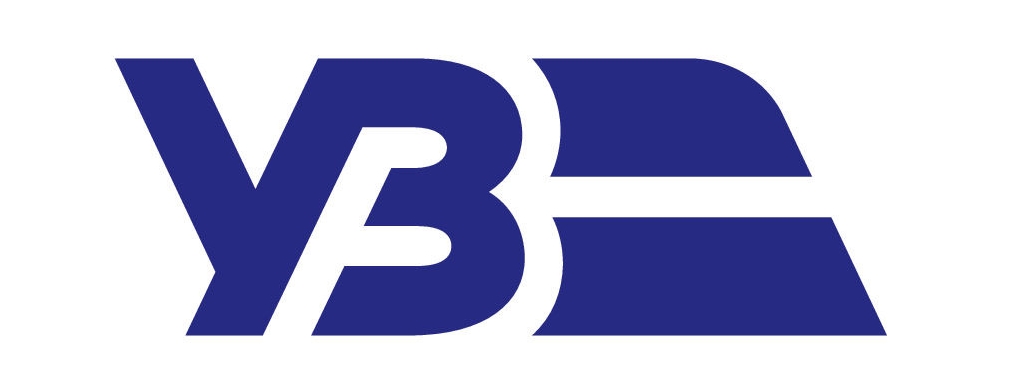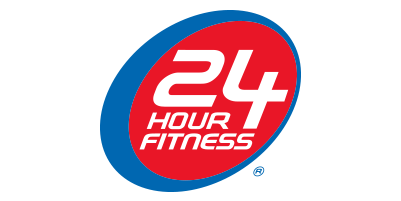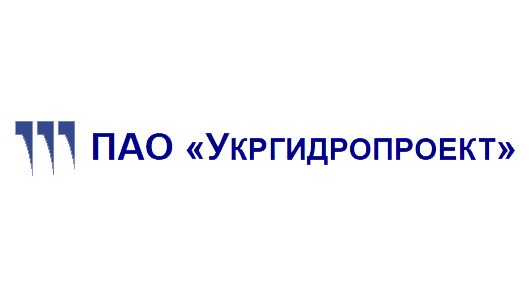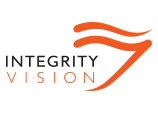Directum for railway logistics center
Categories
Description
Description is not ready yet
Details
Business tasks
Reduce Costs
Enhance Staff Productivity
Ensure Security and Business Continuity
Improve Customer Service
Reduce Production Timelines
Support Decision Making
Increase Customer Base
Enhance Competitive Ability
Manage Risks
Problems
Shortage of inhouse software developers
No e-document flow








